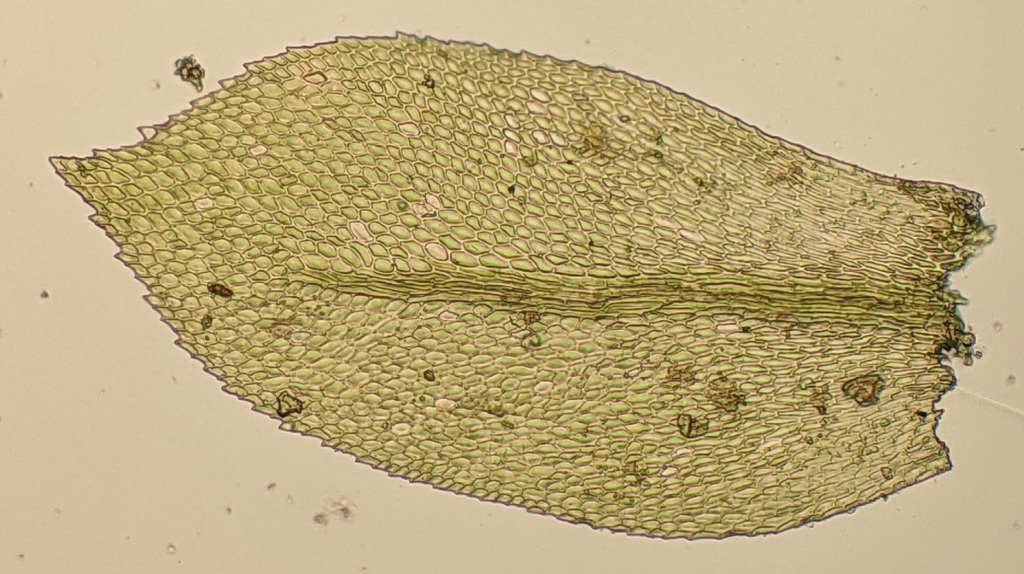Austrothamnium
Dioicous. Asexual propagules absent. Wefts or dense mats usually on rocks, sometimes on tree roots and bases and soil. Stems differentiated into creeping primary stem and secondary stems with a basal unbranched stipe section leading to an irregularly pinnate to bipinnate frond section; paraphyllia absent; pseudoparphyllia minute, to c. 50 μm long; central strand present, small. Leaves ovate to oblong or elliptic, symmetric or somewhat asymmetric, erect- to wide-spreading and arranged around stem and facing all directions (not in Victoria) or complanate, wide-spreading and distant on stipe; apex acute or acuminate (not in Victoria); costa single, strong, subpercurent (not in Victoria) or extending ¾ of leaf length; margin irregularly serrate at apex, otherwise serrulate or entire at base, plane throughout (not in Victoria) or incurved at base, without a border; laminal cells rhombic, elliptic, hexagonal or pentagonal, becoming rectangular or linear at base, smooth or with slightly elevated corners; alar cells scarcely differentiated; branch leaves smaller than stem leaves, otherwise similar. Seta smooth, distinctly flaring below capsule. Capsule exserted, inclined or horizontal, straight, ovoid to cylindric (not in Victoria), with an annulus. Calyptra cucullate, smooth, glabrous. Operculum obliquely rostrate. Peristome double; endostome segments similar height as exostome, with a high basal membrane; cilia present.
Two species from eastern Australia and New Zealand; one species in Victoria.
NoteAustrothamnium was previously included in Thamnobryum. However, phylogenetic analyses of DNA sequences from all genomic compartments revealed that the two Austrothamnium species were misplaced in Thamnobryum, being closer related to other genera, including Echinodiopsis (Enroth et al. 2019). Austrothamnium can be distinguished from Thamnobryum by wide-spreading and distant leaves on the stipe and a seta that distinctly flares below the capsule and Thamnobryum is possibly confined to the Northern Hemisphere (Enroth et al. 2019).
 Spinning
SpinningEnroth, J.; Olsson, S.; Huttunen, S.; Buchbender, V.; Tangney, R.; Stech, M.; Hedenäs, L.; Quandt, D. (2019). Orthostichellaceae fam. Nov. and other novelties in pleurocarpous mosses revealed by phylogenetic analyses. The Bryologist 122: 219–245.
